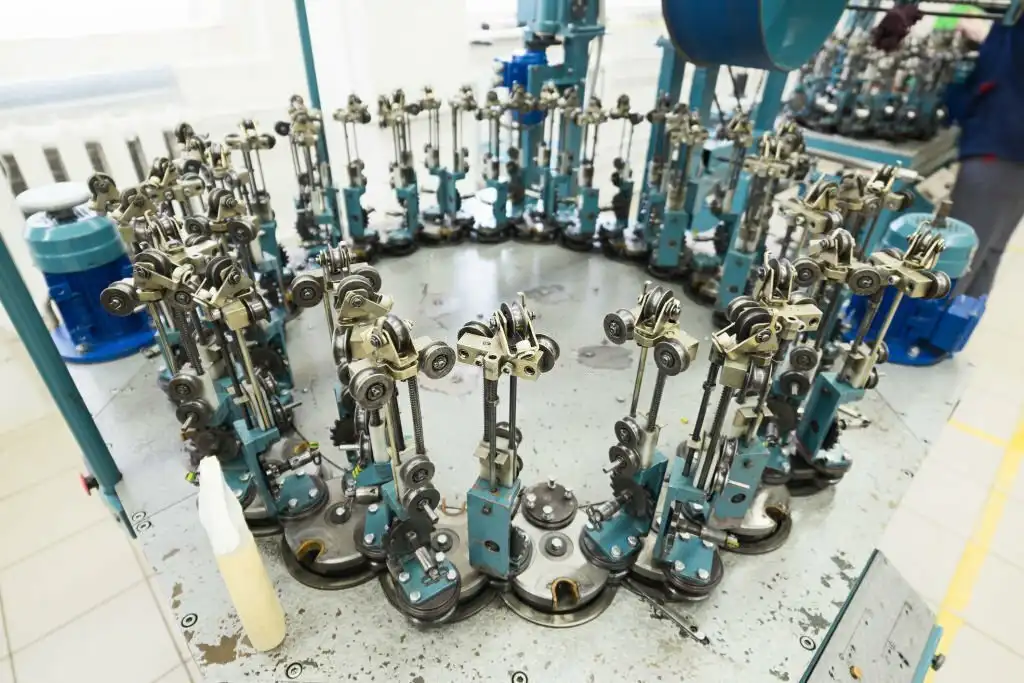Diffusional mass transfer operations are processes involving the movement of substances or molecules from one phase to another due to a concentration gradient. These operations are prevalent in various fields, including chemical engineering, environmental science, and biology. Diffusional mass transfer typically occurs in three primary phases: gas, liquid, and solid.
Here are some common diffusional mass transfer operations:
- Diffusion: This process occurs until an equilibrium is reached, and there’s no net movement of molecules.
- Osmosis: A special case of diffusion involving the movement of solvent molecules across a semipermeable membrane from a region of lower solute concentration to a region of higher solute concentration.
- Gas Diffusion: This involves the movement of gas molecules through another gas or across a barrier. For instance, the exchange of oxygen and carbon dioxide in the lungs during respiration.
- Liquid Diffusion: The movement of solutes in liquids, such as the spreading of a drop of ink in water.
- Mass Transfer in Solids: This refers to diffusion or migration of atoms or molecules within solid materials, which can be important in materials science and metallurgy, affecting properties like hardness or conductivity.
Applications of diffusional mass transfer operations include:
- Chemical Engineering: Separation processes like distillation, absorption, and adsorption.
- Biological Systems: Transport of nutrients and waste products across cell membranes.
- Environmental Science: Transport of pollutants through soil and groundwater.
